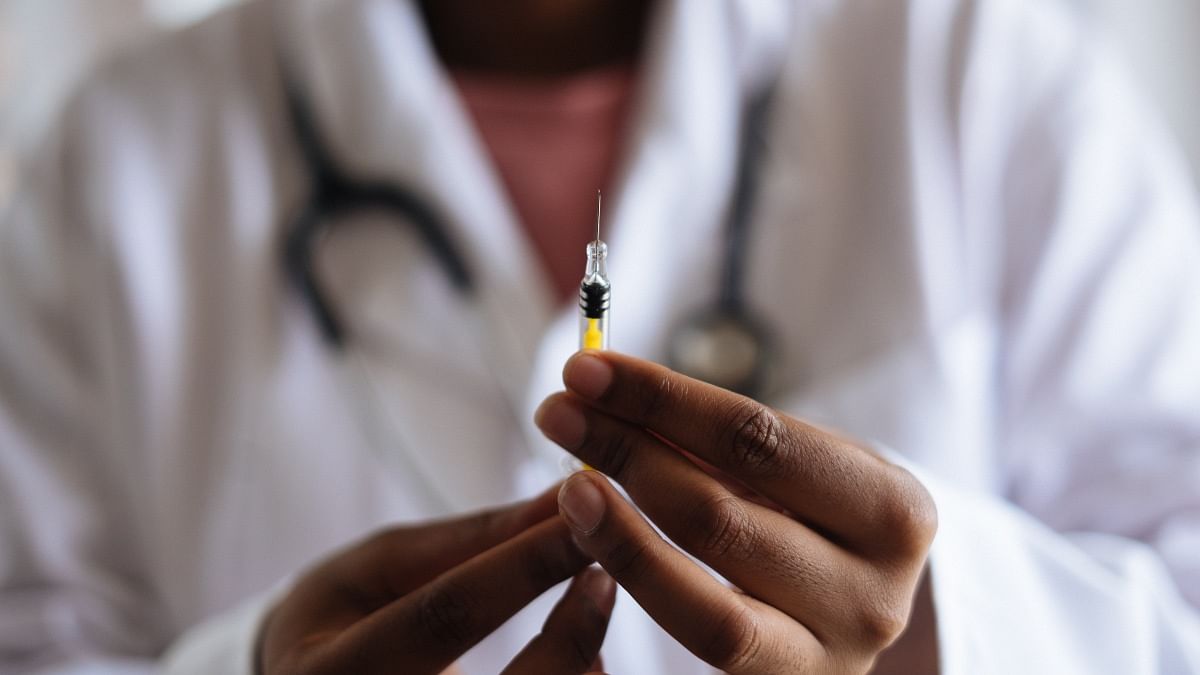New Delhi: A 25-year-old woman with type-1 diabetes was successfully treated by scientists in China with her own stem cells. This is the first instance in the world where type 1 diabetes was reversed, as her cells started producing insulin on their own with stem cell therapy.
A positive result was noticed just 75 days after the pancreatic stem cell transplant, according to a study published in the science journal Cell on 25 September.
This study explores the use of stem cells to treat diabetes, a condition that affects nearly 500 million people worldwide, including approximately 101 million in India. Most have type 2 diabetes, where the body either produces insufficient insulin or becomes resistant to its effects. In contrast, type 1 diabetes occurs when the immune system attacks the insulin-producing islet cells in the pancreas leading to failure in its production.
“I can eat sugar now,” said the woman in a statement to the peer-reviewed journal Nature. It’s been over a year since her transplant in June last year, and she particularly enjoyed indulging in the East Asian dish, hotpot, the woman said.
Also read: India just saw 2nd hottest June-August period since 1970, 426 million exposed to week of risky heat
How was it done, key findings
A team of Chinese researchers extracted fat cells from three patients with type 1 diabetes and chemically altered them to become pluripotent—so that they could develop into any type of cell in the body.
This reprogramming also enabled the cells to respond to small molecules in the body, allowing them to form clusters of islet cells, which are responsible for insulin production.
In June 2023, approximately 1.5 million of these reprogrammed islet cells were injected into the abdominal muscles of the woman patient, and were continuously monitored using magnetic resonance imaging (MRI).
The scientists observed a significant reduction in this woman’s insulin requirement within just one month of the transplant. Her daily insulin dose dropped from 55 units on the first day to 20 units by day 30. By the end of 75 days post-transplant, she was completely free from insulin injections, as reported in the study.
The authors attributed the woman’s insulin independence to her ability to produce insulin naturally with these reprogrammed islet cells, an ability she has maintained even a year after the transplant.
Before the transplant, the woman’s glycated haemoglobin (HbA1c) level—a key marker of long-term blood glucose—was 7.5 percent, indicative of diabetes. It took nearly four months for her HbA1c levels to drop below 5.7 percent, which falls within the range of a non-diabetic individual.
“Before considering her ‘cured’, I want to see that the woman’s cells continue to produce insulin for up to five years,” said Jay Skyler, an endocrinologist at the University of Miami, Florida, in the Nature report. “The results are intriguing, but need to be replicated in more people,” he added.
Deng Hongkui, a cell biologist at Peking University in Beijing, the lead author of the study, told Nature that the outcomes for the other two participants were “also very positive”, and that they will complete one year in November. After that, he hopes to broaden the trial to include another 10 to 20 individuals.
Using a patient’s own cells for transplants reduces the risk of rejection, which is why the study’s authors chose this approach to eliminate the need for immunosuppressants. However, this couldn’t be tested in the current case because the woman had previously undergone a liver transplant and was already on immunosuppressive medication.
(Edited by Tikli Basu)
Also read: Exposure to artificial light at night can give these fish anxiety, which they pass on to offspring

